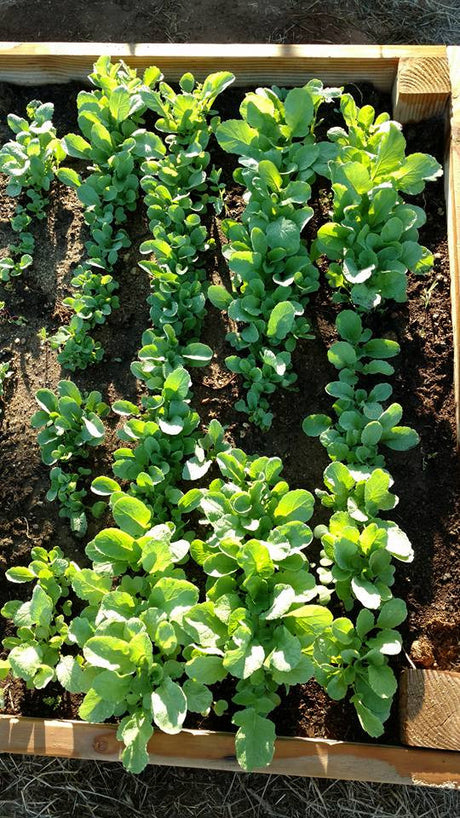
SOIL Recipes for Raised Bed Gardens
I love our raised bed gardens!!! There are so many benefits such as less water usage, almost zero weeding and best of all, LOTS of food produced in a small...
Mary Smith |
Welcome to our store Learn more

I love our raised bed gardens!!! There are so many benefits such as less water usage, almost zero weeding and best of all, LOTS of food produced in a small...
Mary Smith |

We're finally updating our Build Your Own Raised Bed tutorial! Our first post was in 2015 when we moved to our new homestead and built a bunch of 8 foot...
Mary Smith |

From our previous post in 2015 Did you see my post about Our New Homestead? Then you know that our new place has LOTS of room to GROW! We've installed 4...
Mary Smith |
Over 1,000 varieties of Heirloom Seeds
Free Shipping on Qualifying orders of $20 or more
Planting guides to help you grow a successful garden